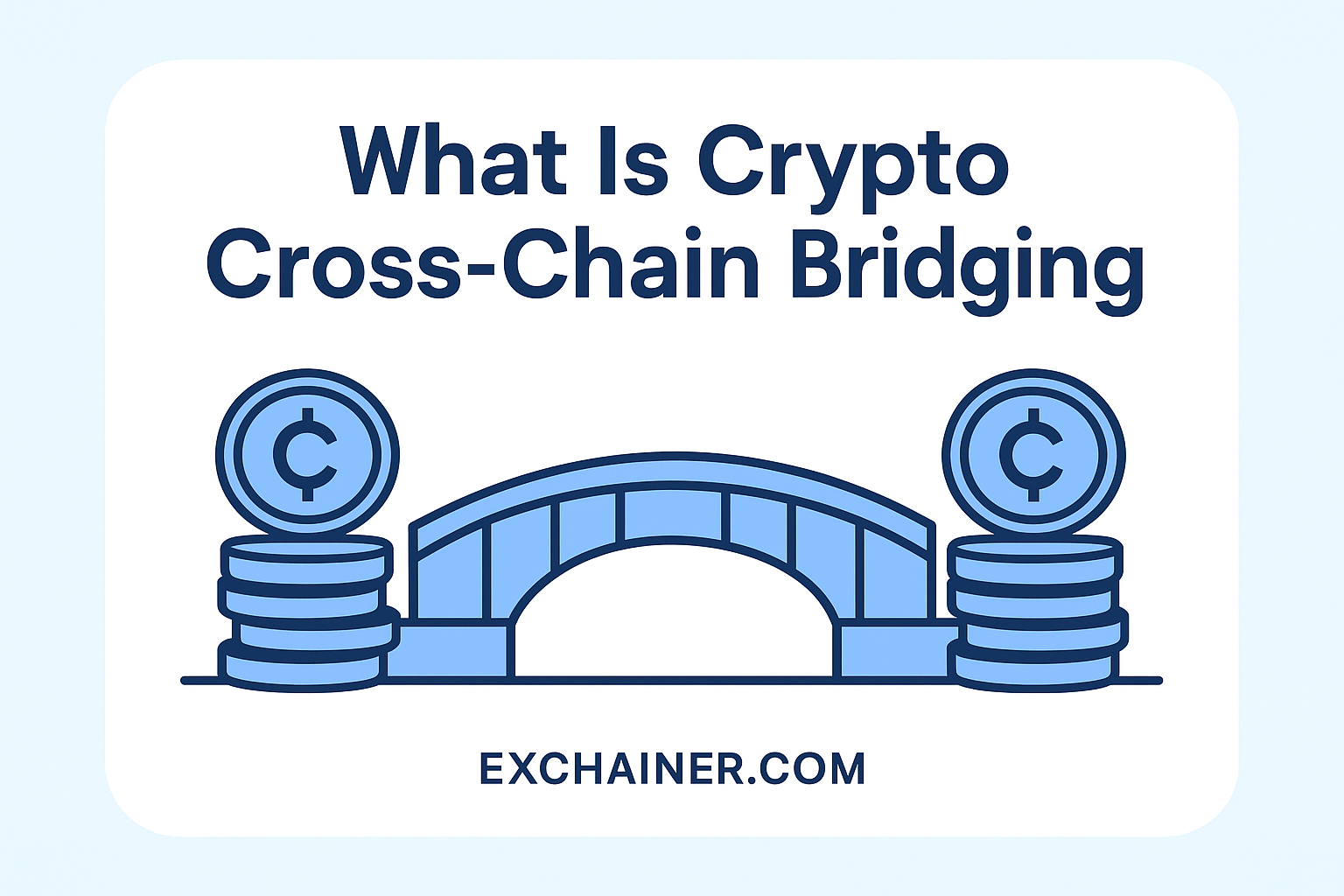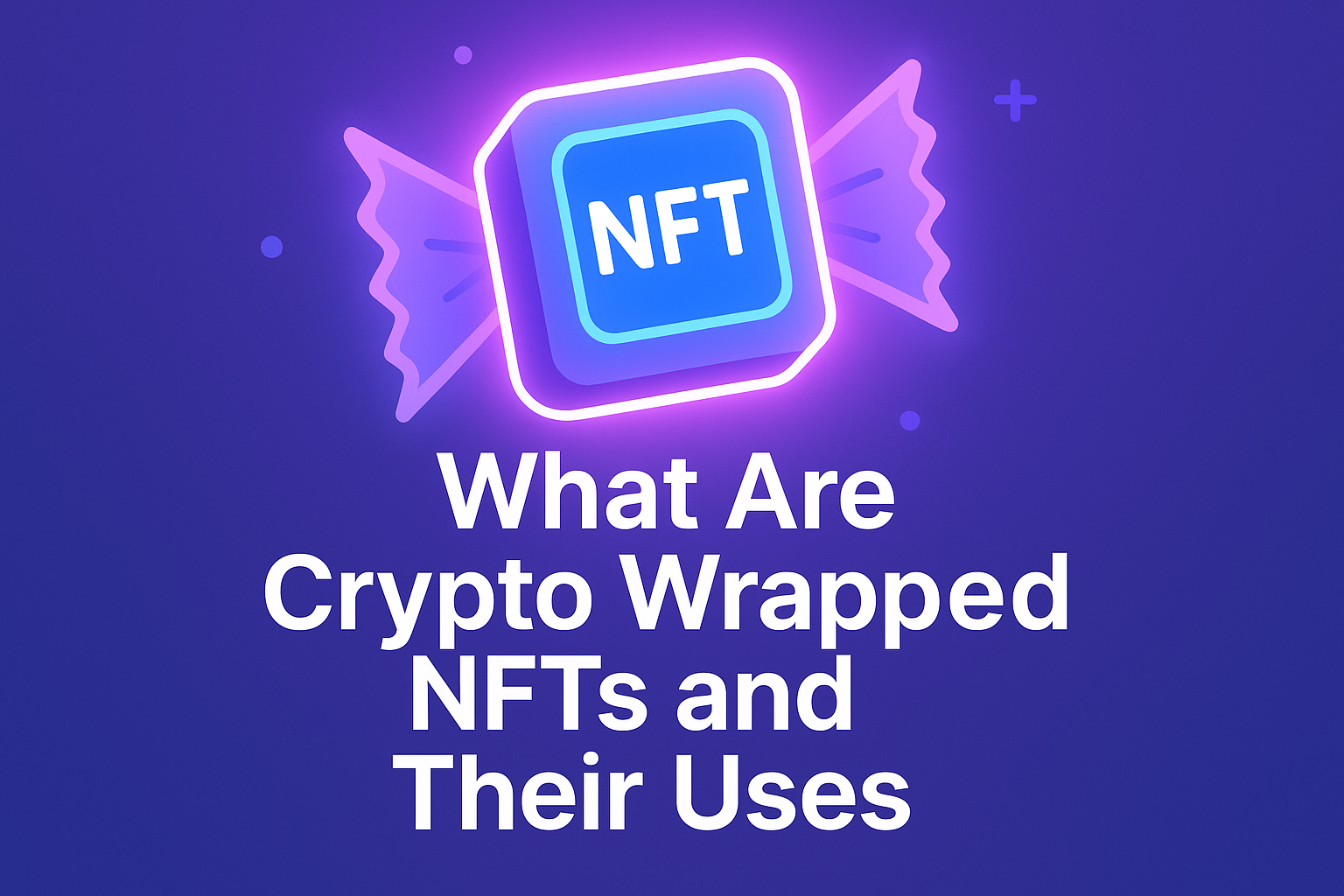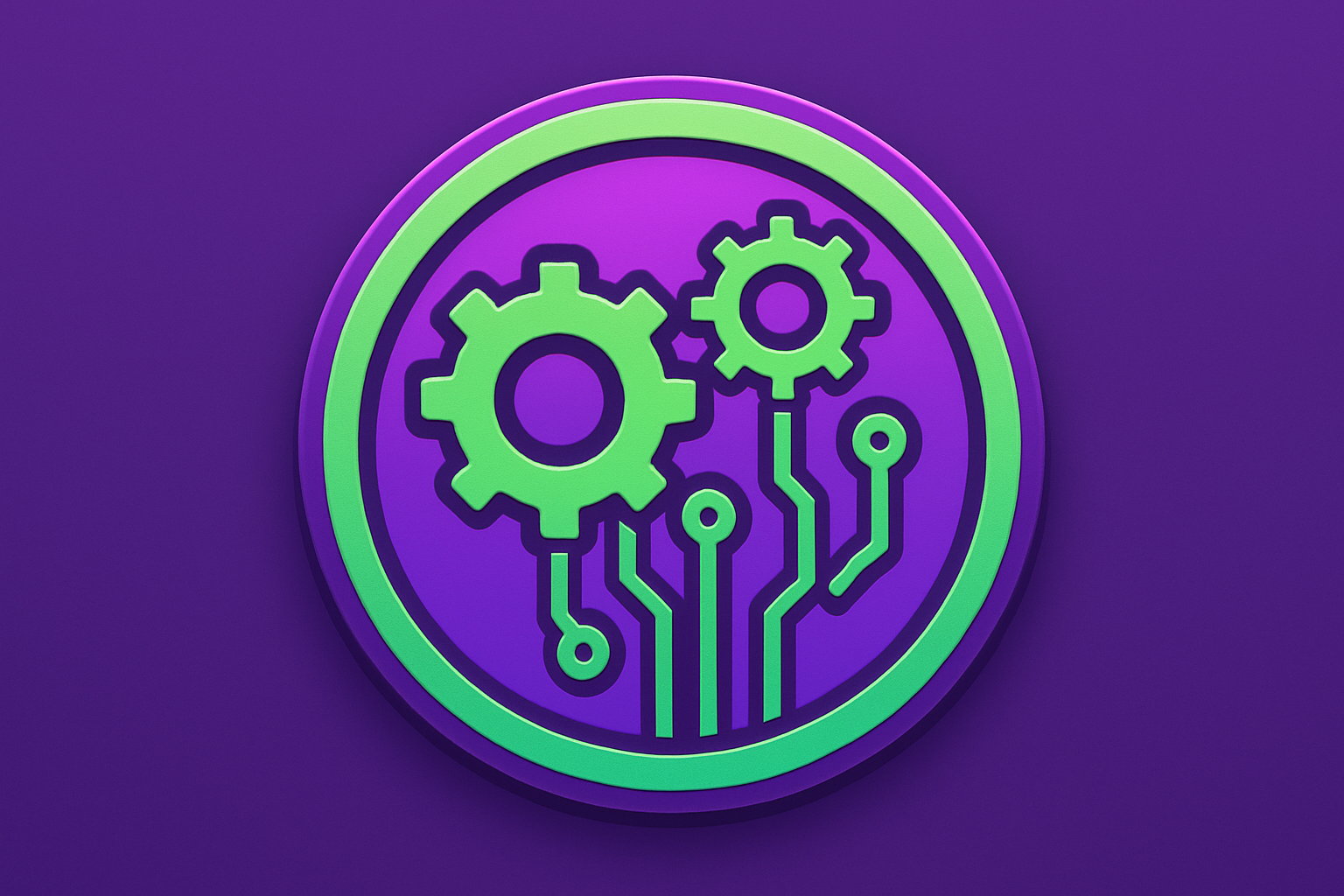Introduction
Friends, if you’ve been diving into the exciting world of cryptocurrencies, you’ve probably heard buzzwords flying around like “blockchain,” “DeFi,” and “cross-chain bridging.” But what does this last one really mean, and why should it matter to you? Imagine using digital currency freely across multiple networks, transferring assets smoothly without worrying about technical barriers or wallet incompatibilities. That’s exactly where cross-chain bridging comes into play. It’s a game-changer for crypto enthusiasts and traders who want to maximize their opportunities and stay flexible in this ever-evolving digital landscape.
Understanding cross-chain bridging isn't just some tech mumbo jumbo reserved for developers – it’s part of the cryptocurrency basics that every user should grasp to make the most out of their digital assets. This guide will walk you through what cross-chain bridging is, how it works, why it’s important, and practical tips to stay safe while navigating these bridges. By the end, you’ll be equipped with knowledge that can elevate your crypto game and open doors to new possibilities across multiple blockchains.
Ready to unlock the secrets behind seamless asset transfers between different crypto ecosystems? Let’s jump right in and decode this crucial component of digital currency technology.
What Is Crypto Cross-Chain Bridging?
Imagine you have Ethereum tokens and want to use them on another blockchain like Binance Smart Chain (BSC) or Avalanche. Normally, these networks don’t talk to each other directly because each blockchain operates independently with its own rules and protocols. This limitation restricts how freely cryptocurrencies can move.
Enter cross-chain bridging – a solution designed to connect different blockchains, enabling users to transfer assets between them without hassle. Think of it as a digital bridge that links two islands (blockchains), allowing cars (cryptocurrency tokens) to move back and forth.
Essentially, a cross-chain bridge locks your assets on the source blockchain and simultaneously mints or releases equivalent tokens on the destination blockchain. When you’re done, the bridge reverses the process to ensure the original tokens are unlocked or burned, preventing duplication or fraud.
How Does It Work?
At its core, a typical cross-chain bridge involves the following steps:
- Locking: You send your tokens to the bridge’s smart contract on the original blockchain. These tokens get locked there, ensuring they can’t be spent again.
- Verification: The bridge verifies the locked tokens and confirms the transaction across both blockchains.
- Minting or Releasing: Equivalent tokens are minted or unlocked on the target blockchain, representing your original assets.
- Redeeming: When you want your tokens back on the original chain, you reverse the process by burning the tokens on the destination network and unlocking the originals.
This mechanism is the backbone of cross-chain bridges and plays a vital role in expanding the usability of cryptocurrencies beyond their native environments.
Why Is Cross-Chain Bridging Important?
The crypto space is vast and diverse, with hundreds of blockchains operating independently. This ecosystem diversity means that:
- Each blockchain has unique features, fees, transaction speeds, and security protocols.
- Some blockchains are optimized for smart contracts, while others excel at simple payments or privacy.
- Different decentralized applications (dApps) are native to specific chains.
Cross-chain bridges are crucial because they:
1. Boost Liquidity and Access
By allowing assets to flow across chains, cross-chain bridging increases liquidity pools on decentralized exchanges and lending platforms across different ecosystems. You’re no longer stuck with one blockchain’s ecosystem.
2. Enhance User Experience
Gone are the days when users had to sell their tokens for fiat, withdraw to an exchange, and then deposit into another blockchain’s wallet. Cross-chain bridges allow direct moves, reducing fees and minimizing transaction times.
3. Enable Multi-Chain DeFi
The biggest growth in crypto comes from decentralized finance (DeFi). Cross-chain bridges facilitate complex financial strategies by letting users leverage liquidity and yield farming opportunities across multiple protocols.
4. Support Interoperability
Interoperability is the future of blockchain technology. Bridging promotes a more connected ecosystem where different blockchains can work together, creating more innovation and flexibility.
Real World Example
Take the example of Wrapped Bitcoin (WBTC), an ERC-20 token on Ethereum that represents Bitcoin (BTC). WBTC is created via a process similar to cross-chain bridging – BTC is locked up, and equivalent tokens are minted on Ethereum, allowing Bitcoin holders to participate in Ethereum's DeFi ecosystem.
In 2024, with the rise of new bridges like Avalanche’s bridge or Cosmos’ IBC protocol, cross-chain transfers have become even more seamless and secure, supporting millions of transactions daily.
Types of Cross-Chain Bridges
Not all cross-chain bridges are built the same. Understanding the different types helps you pick the right tool for your needs and enhances your security.
1. Trusted Bridges (Centralized)
These bridges rely on a central authority or a small set of validators to verify and process transactions. While faster, they require trust in the operator. Examples include Binance Bridge and WBTC custodians.
2. Trustless Bridges (Decentralized)
Built using smart contracts and decentralized protocols, these bridges eliminate trusted third parties. They rely on multiple validators or cryptographic proofs. Examples include Wormhole and Polygon Bridge.
3. Hybrid Bridges
Some bridges combine elements of both, using decentralized control with some centralized oversight to balance speed and security.
Security Considerations
While cross-chain bridging unlocks potential, it also introduces unique risks:
- Hacks and exploits targeting bridge smart contracts have resulted in losses worth hundreds of millions.
- Centralized bridges may suffer from censorship or downtime.
- Transaction delays and failures can occur, especially under heavy network congestion.
Tips for safer bridging:
- Use bridges with strong security audits and active community monitoring.
- Avoid moving large amounts at once; test with small amounts first.
- Stay updated on bridge updates and warnings from official sources.
How to Use Cross-Chain Bridging – A Beginner’s Guide
Now, let’s get practical. Here’s a simple step-by-step on how you can use cross-chain bridges safely.
Step 1: Choose Your Bridge
Identify bridges compatible with your source and destination blockchains. Popular options include Polygon Bridge, Avalanche Bridge, and Binance Bridge.
Step 2: Connect Your Wallet
Use a widely supported wallet like MetaMask or Trust Wallet. Make sure it supports both source and destination blockchain networks.
Step 3: Select Your Token
Pick the token you want to bridge. For example, if you’re moving USDT from Ethereum to Binance Smart Chain, select USDT.
Step 4: Enter the Amount
Specify how many tokens you want to transfer. Note that some bridges have minimum or maximum transfer limits.
Step 5: Confirm and Pay Fees
Approve the transaction in your wallet and pay gas fees on the source network. These fees can vary drastically depending on network congestion.
Step 6: Wait for Confirmation
Once confirmed, the bridge will mint or unlock tokens on the destination chain. You can then use these assets on new DeFi platforms or exchanges.
Pro Tips to Remember
- Always double-check the bridge’s official site URL to avoid phishing scams.
- Keep your wallet and environment secure with updated software and hardware wallets for large amounts.
- Monitor pending transactions and avoid rushing multi-step processes. Patience saves you from costly mistakes.
The Future of Cross-Chain Bridging
The blockchain space is rapidly evolving, and cross-chain bridging is a hot area of innovation. Upcoming advancements include:
- Layer Zero Protocols that facilitate seamless cross-chain communication without token wrapping.
- Interoperable Smart Contracts that can execute code across different blockchains.
- Enhanced Security Protocols using zero-knowledge proofs and decentralized validators to reduce risks.
Industry giants like Cosmos and Polkadot are leading with native interoperability designed at the core of their networks, promising even smoother cross-chain experiences.
Why does this matter to you? Because as these technologies mature, you’ll be able to use your digital currencies anywhere – with less hassle, more opportunities, and greater confidence.
Conclusion
Cross-chain bridging is a breakthrough technology that’s turning isolated blockchain islands into a connected archipelago. By understanding what cross-chain bridging is and how it works, you unlock the power to move digital currency freely and tap into a broader array of DeFi protocols, exchanges, and crypto tools.
Sure, there are risks, but with practical knowledge and the right precautions, you can navigate these bridges securely and leverage their full potential. As the crypto world progresses, mastering cross-chain transfers will keep you ahead of the curve and ready for the next wave of innovation.
Friends, if you’re excited to learn more about cryptocurrency basics, enhancing your trading skills, or exploring wallet tools, don’t stop here! Check out the Crypto-101 category for beginner-friendly guides, browse through Exchange Reviews to pick the best trading platforms, or visit Tools and Wallets to secure your assets and optimize your experience.
The world of digital currency keeps expanding — and now you’ve got the insight to cross every bridge confidently. Happy trading!
External authoritative reference: For a deeper dive into cross-chain bridges and blockchain interoperability, visit CoinMarketCap’s glossary on Cross-Chain.












